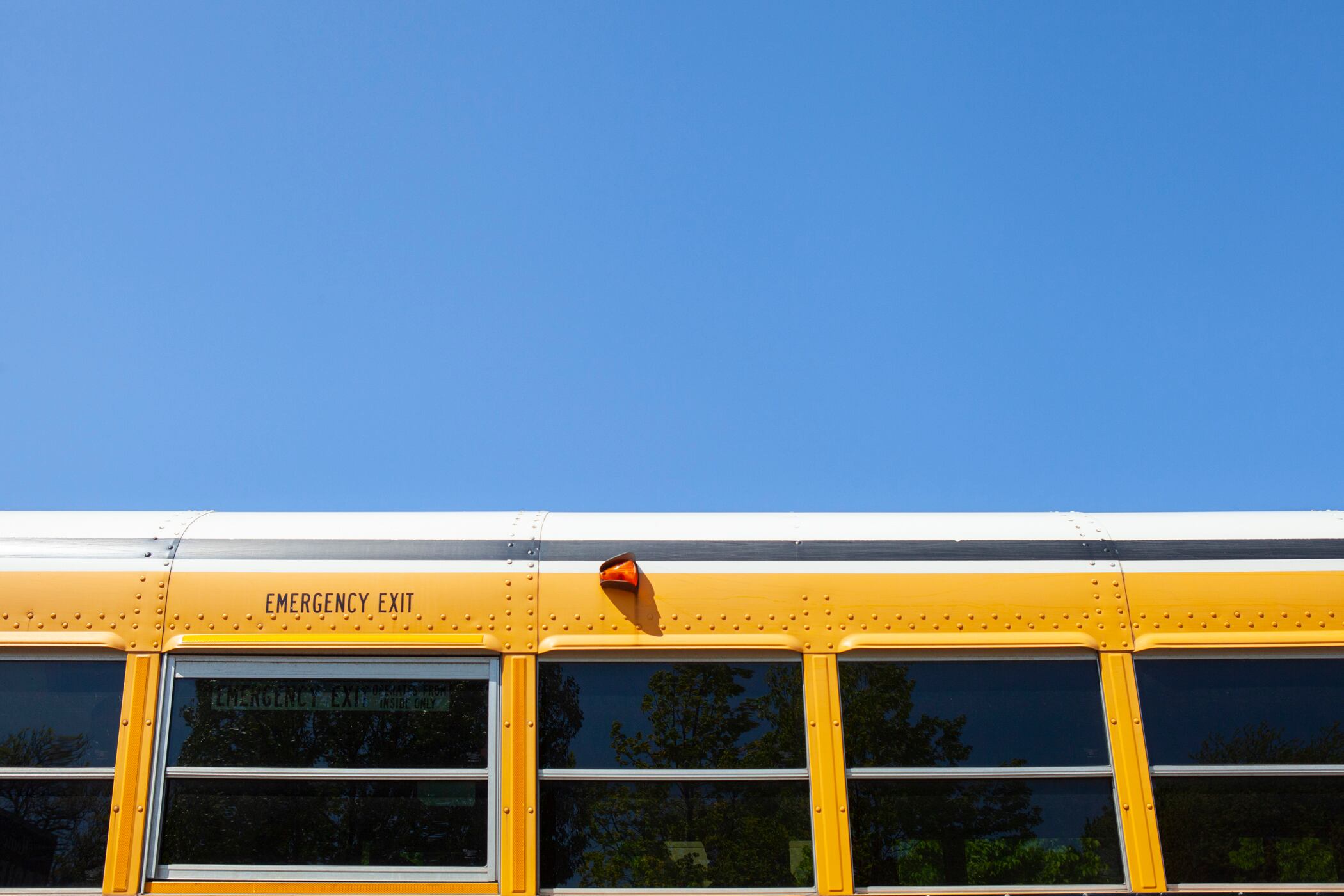The costs of the coronavirus pandemic could zap Illinois’ budget over the next 13 months by billions, but there’s no estimate yet how shortfalls could impact the state’s 2 million school children.
Illinois Gov. J.B. Pritzker said Thursday he’s looking to federal lawmakers to send more money to the Illinois education system, and he’s asking the state’s Republicans to amplify that call.
“My hope is that we’re going to get a unified voice on the need for federal support for the state,” the governor, a Democrat, said in a daily coronavirus briefing with reporters, “and I hope that Republicans will step up and advocate for the state with their Republican colleagues in Congress. We should speak with one voice on this.”
Already, the federal government has earmarked an estimated $678 million for coronavirus emergency response for schools in Illinois, much of which comes from a $13.5 billion education stimulus effort. But education interest groups are lobbying for more to prop up state school budgets that will be strained by shrinking state and municipal revenues. Shortfalls are expected to coincide with the additional costs of addressing learning gaps and student trauma stemming from the pandemic.
School buildings statewide have been ordered shut since March 17, and will remain closed for the remainder of the academic year.
In Washington, House Democrats introduced a new coronavirus relief package earlier this week that would create a $90 billion “state fiscal stabilization fund” for education, about two-thirds of which would filter down to K-12 schools. That’s only about half of the $175 billion in federal education aid some education groups, including the nation’s two largest teachers unions, had been seeking.
Some top Republicans have cast doubt on whether schools really need that much additional stimulus money. “We also need to be careful not to create funds that our schools or colleges become dependent on,” said Sen. Lamar Alexander, chairman of the U.S. Senate’s health and education committee, earlier this week. “We need to look at the enormous amount of money we’ve already spent and see what is or isn’t working and hear from governors about their state budgets.”
Some states and cities are starting to float specific projections of the impact on school finances. In New York City, the nation’s largest school district, Mayor Bill de Blasio proposed an $827 million cut that would result in a 3% less for school campuses. Though the state received $716.9 million specifically for New York City in the federal stimulus bill, Gov. Andrew Cuomo cut exactly the same amount from the city’s budget, effectively replacing state dollars with federal ones.
Pritzker said Thursday that, until he gets a clearer picture, he won’t share estimates from working groups of potential scenarios in school funding. In his pre-pandemic budget proposal of $42 billion statewide, the governor floated a $350 million budget increase for schools that was contingent on voters passing a graduated income tax amendment in the fall.
In the event the tax didn’t pass, schools would see a $200 million increase, a scenario that had some education advocates worried. Until 2017, Illinois chronically underfunded its schools. As part of a bipartisan education finance reform effort, lawmakers since have committed substantial additional dollars to make up for significant resource gaps between districts.
Where that leaves schools now is uncertain. In Illinois, about $1 out of every $4 in the general fund is spent on education. The state’s legislature, delayed by coronavirus, is set to meet in person for the first time since the pandemic hit in an emergency session next week. Addressing the budget is on the to-do list.
“All of this will have an effect on whether we’re able to fully fund schools, and to meet the (state school funding formula targets) that we want to meet,” Pritzker said Thursday.
Some district administrators have said they are preparing for cuts. But leaders of the state’s largest school district, Chicago Public Schools, have said they plan to spend $125 million more on its campuses next year and the federal stimulus money will help support that investment.
Illinois is expected to receive $570 million in federal stimulus money for schools and the governor will receive another $108 million for education. A Chalkbeat and Better Government Association survey of five of the state’s largest districts showed that expenditures so far were largely related to technology and internet access for students even though efforts to track participation lagged and some students remain disconnected in some areas.
Chicago is among the districts trying to rapidly build a virtual summer learning program to help floundering students earn credits and pass to the next grade. The state has said it won’t bolster its summer school budget but districts can use federal emergency money to underwrite the costs of expanded summer programs.





